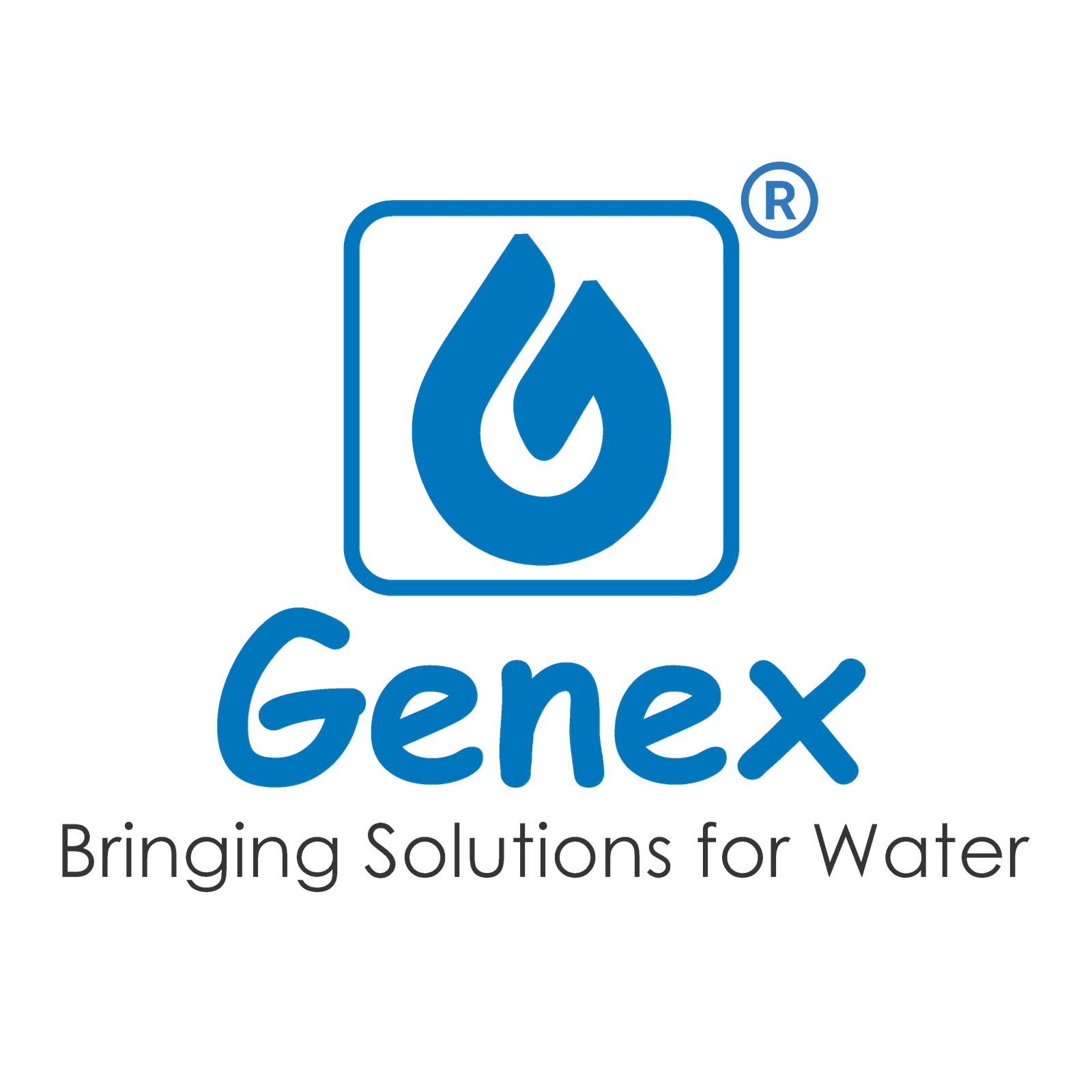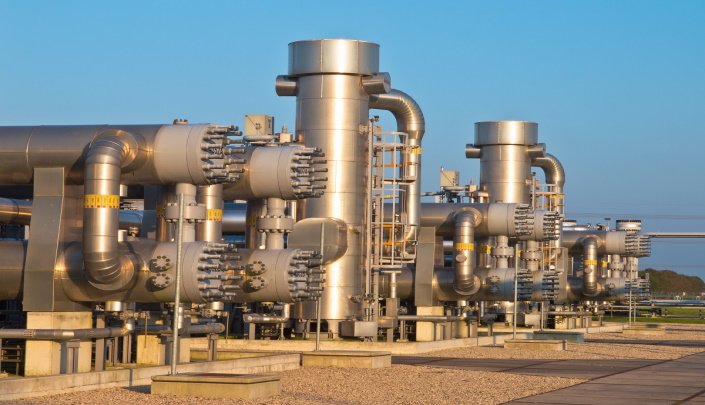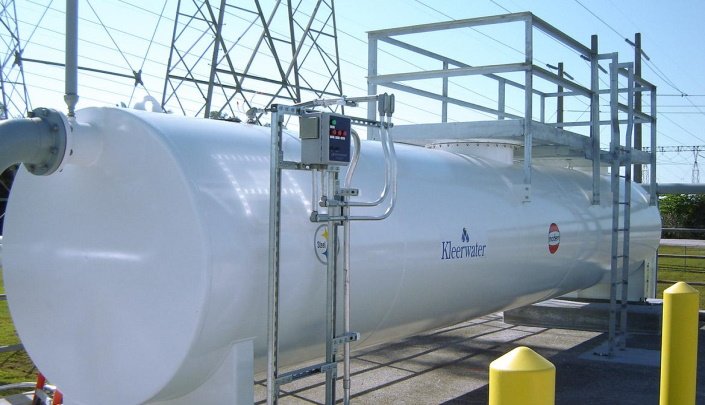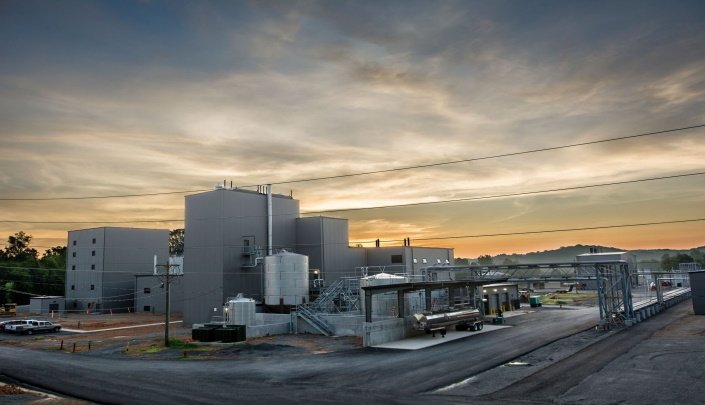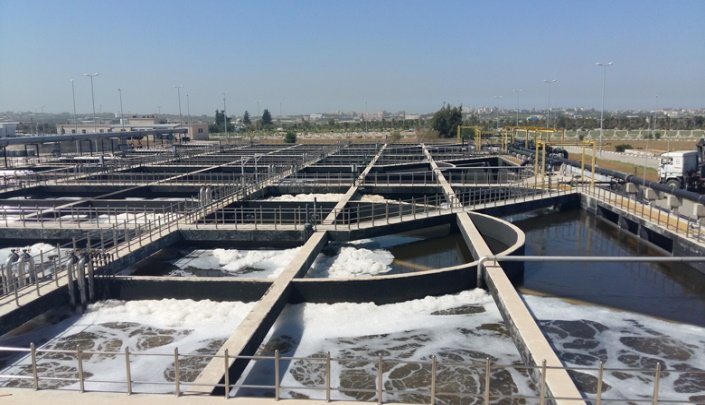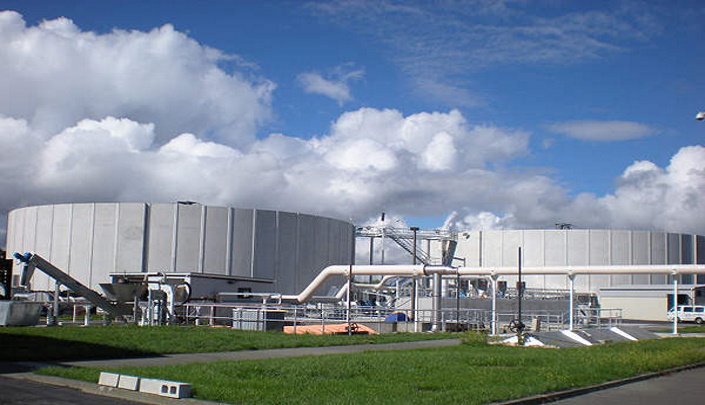

What is wastewater?
It is used water originating from domestic, industrial, agricultural, and medical or transport activities. Used water becomes wastewater upon the change of its quality, composition and/or temperature.
However, wastewater does not include water released from ponds or reservoirs for fish farming.
Kinds of wastewater
Wastewater can be segregated into two Key groups:
Sewage water is all wastewater used in domestic dwellings (e.g. originating from toilets, showers or sinks).
Industrial wastewater originates from production, industrial and commercial activities, and has a different chemical composition to sewage water.
In Comprehensive terms, we may differentiate municipal wastewater originating from municipalities. It has different ratio of sewage water, industrial wastewater and rain water flowing through the public sewers.
How does the municipal wastewater treatment process work?
Sequential explaining:
1. Firstly, wastewater is drained to the WWTP by gravity through the important sewer system that is of the size of a car. Having such size, objects you could hardly imagine reach the WWTPs, ranging from mattresses, refrigerators, tree branches to wallets disposed of by thieves in order to eliminate the evidence.
2. The first mechanical stage is called preliminary treatment or rather pre-treatment.
Water flows through gravel chamber for settling out the grit from water. Afterwards, gravel is disposed of at the dump. Water further reaches the bar screens used to remove large objects from the wastewater. At first come the coarse screens and then the fine screens which eliminate smaller objects such as matches, cigarette butts or undigested foods.
3. After the elimination of large objects, grit is to be eliminated from the wastewater. Similar to the gravel chamber, grit chamber allows the settlement of grit. Then, grit is removed from the tank and subjected to the dump. Neither gravel nor grit can be reutilized due to their high pollution.
4. The next sedimentation stage is called primary treatment during which the wastewater flows to so-called "pre-settling basins” or, using the technical term, primary settling tanks.
Water is driven towards the hopper in the base of the tank. Hopper arm moves around the edge of the tank at the velocity of 4cm/s. Cleaned water heads toward edges and the pollutants of higher sedimentation velocity than the flow velocity remain on the bottom of the tank.
This is the point where primary pre-treatment ends and secondary wastewater treatment begins. After the primary treatment, level of wastewater pollution drops to 60%.
5. The secondary treatment, also called biological stage, is based on natural processes. WWTPs use bacteria which consume the Pollutants, in particular biodegradable organics, carbon and phosphorus. Dead bacteria and organic residues eventually convert into sludge.
6. During the biological stage, the excess sludge (i.e. excess bacteria) is pumped out and moved before the settling tanks. Here, the sludge settles and is transported to digestion tanks for further treatment.
7. In the digestion tanks, sludge pumped out of the settling tanks is heated and mixed. Thereupon, biogas is produced during the digestion process from the sludge which the WWTPs can reuse, for example for electrical and thermal energy production.
8. When sludge digestion reaches optimal level, the second digestion stage takes place in storage tanks. Here, the water is Divided from the semi-solid sludge and transported back for further treatment, whereas the residual semi-solid undergoes mechanical dewatering.
9. Sludge, digested and dewatered to the maximum level, is finally turned upon at the dump. In about a month, sludge is sufficiently dried out and ripe. If it abides with agricultural quality standards, it can be reused for fertilization of industrial crops.
10. The final step of wastewater treatment is the deep inspection of service water. Aim of this inspection is to analyze the Pollution level and ensure that the treated water complies with the highest standards, defining its discharge or reutilization for domestic and/or industrial purposes.
